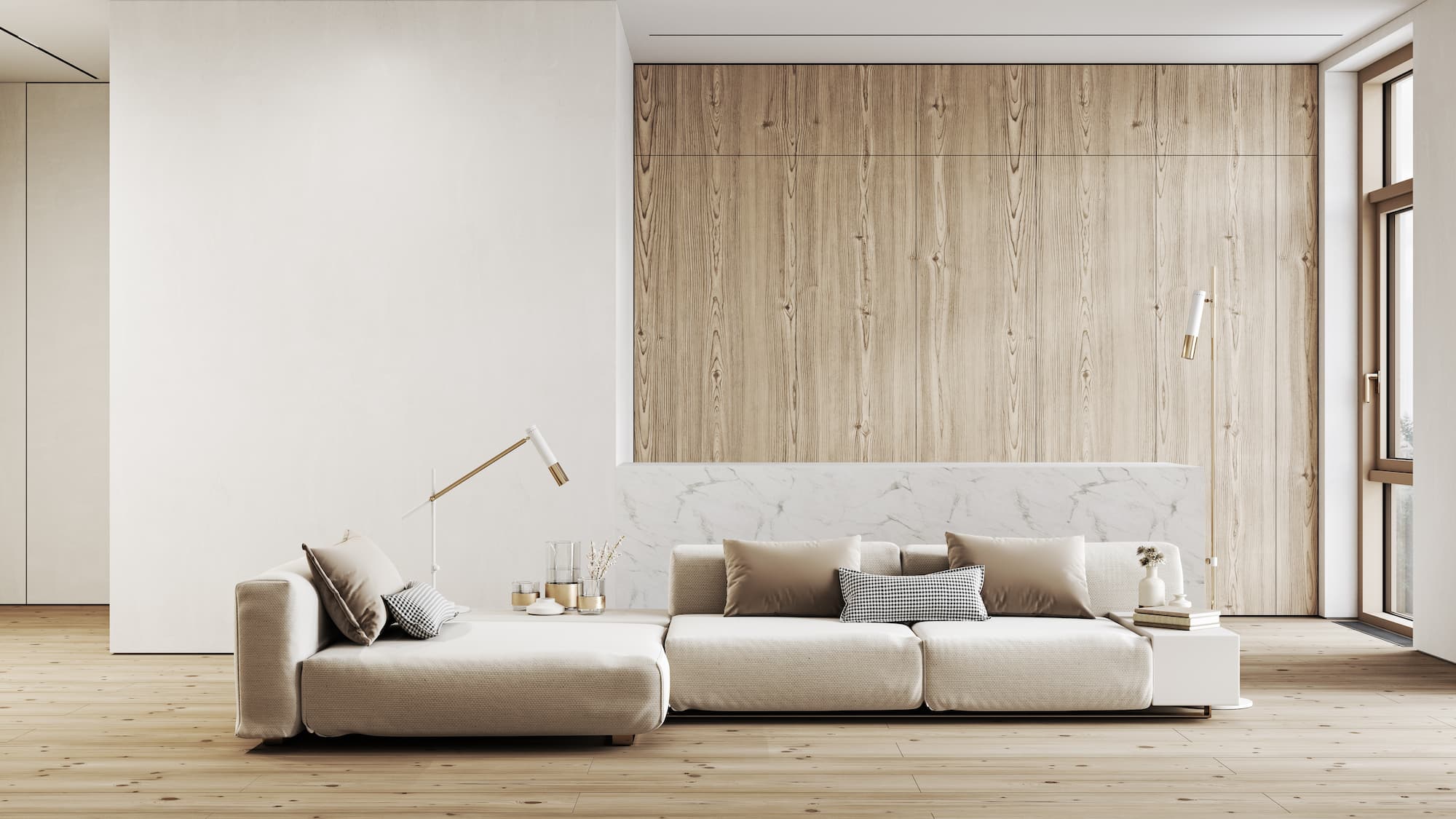Achieve a high-end look with expert luxury interior design.
Achieve a high-end look with expert luxury interior design.
Blog Article
Change Your Home With Vital Principles of Interior Layout and Visual Appeals
By comprehending the influence of color theory and the significance of structure and patterns, one can produce areas that are not only aesthetically attractive but likewise deeply personal. Achieving this stability includes more than plain design; it includes a tactical arrangement and an eager understanding of how each component communicates within a room.
Understanding Shade Theory
Shade theory is a fundamental element of indoor style that considerably affects mood, assumption, and overall visual. Recognizing the principles of shade concept enables developers to create spaces that reverberate emotionally with residents while satisfying practical demands (luxury interior design). Shades can be classified into 3 key kinds: main, second, and tertiary. Each category plays a vital role in establishing consistency within a room.
The mental influence of colors is profound; cozy tones such as reds and oranges stimulate energy and warmth, while great tones like blues and greens promote calmness and harmony. The usage of corresponding shades boosts aesthetic passion, creating striking contrasts that can elevate a space's charm.
Neutral colors, on the other hand, act as a flexible backdrop, allowing other design aspects to shine. It is vital to think about aspects such as lights and the area's objective when picking a shade combination, as these can change the understanding of colors throughout the day.
Eventually, a well-considered color pattern can change a room, promoting a sense of convenience and style that aligns with the residents' preferences. Proficiency of shade theory is, as a result, a crucial skill for any indoor developer aiming to create harmonious and welcoming atmospheres.
Accomplishing Balance in Layout
How can designers attain a sense of equilibrium in their spaces? Attaining balance in layout is essential to creating unified insides.
Asymmetrical equilibrium, on the other hand, relies upon differing elements that still achieve a natural look. This method permits more vibrant and informal arrangements, supplying interest while preserving stability. By carefully picking varying sizes, shades, and appearances, designers can produce an aesthetically engaging room that feels balanced yet energised.
Radial equilibrium emphasizes a central prime focus with elements radiating exterior. This design is typically seen in round formats, where furniture and design develop a natural border that draws the eye inward.
Inevitably, achieving balance requires thoughtful consideration of scale, percentage, and the partnerships in between components. Architecture Firm. By skillfully applying these balance principles, designers can transform spaces into atmospheres that really feel both visually pleasing and functionally harmonious, improving the general experience for passengers
Relevance of Spatial Recognition

An eager sense of spatial understanding enables developers to determine prime focus within an area, leading the visitor's focus to vital attributes while keeping a total feeling of unity. It additionally assists in the critical positioning of illumination, which can substantially affect the assumption of room and linked here state of mind. Moreover, comprehending spatial connections allows the designer to satisfy the details demands of occupants, making sure that each area serves its desired objective without jeopardizing appearances.
Inevitably, spatial understanding is critical for taking full advantage of the potential of any kind of interior space. By very carefully thinking about the interaction in between dimensions, design, and function, developers can create settings that not only fulfill useful needs however also stimulate a sense of convenience and beauty, improving the overall living experience.
Including Texture and Patterns
Accepting a varied series of appearances and patterns can substantially boost the visual and responsive appeal of an interior room. The tactical usage of various materials-- such as timber, metal, textile, and rock-- develops depth and passion, making a room feel extra inviting and dynamic. For instance, incorporating smooth surface areas with harsh structures can establish a balance that attracts the eye and involves the senses.
When including patterns, think about both range and repetition. Large patterns can act as centerpieces, while smaller sized, refined designs can match other components without frustrating the space. Layering patterns, such as pairing floral pillows with striped tosses, includes intricacy and a feeling of resource consistency if executed thoughtfully.
It is additionally critical to keep a natural color palette, guaranteeing that structures and patterns work with each other as opposed to contend for interest. By selecting a couple of vital structures and patterns, you can produce a combined visual that mirrors your personal style while boosting the overall ambiance of the area. Eventually, the careful incorporation of these components can transform a mundane room into a sophisticated setting rich with character and heat.
Customizing Your Room
Producing a space that mirrors your character is vital to attaining a genuinely inviting atmosphere. Personalization in indoor design permits you to infuse your one-of-a-kind style and interests right into your home, transforming it from a simple shelter into a sanctuary that talks with that you are. Begin by choosing a shade combination that reverberates with your emotions-- strong colors can energize, while soft tones use serenity.
Include artwork and decoration that reflect your enthusiasms, whether it be travel, nature, or abstract principles. Presenting individual collections, such as books, photographs, or mementos, can evoke valued memories and produce centerpieces within a space. In addition, consider tailoring functional items, like upholstered furniture, to straighten with your aesthetic preferences.

Final Thought
In verdict, the change of a home with the vital principles of interior decoration and aesthetic appeal demands a thorough understanding of color concept, balance, spatial understanding, appearance, and personalization. Each aspect adds considerably to developing an unified and functional living setting - miami interior design. By attentively integrating these concepts, individuals can enhance the visual allure and emotional resonance of their areas, inevitably fostering a home that mirrors one-of-a-kind identities while giving convenience and usefulness
Report this page